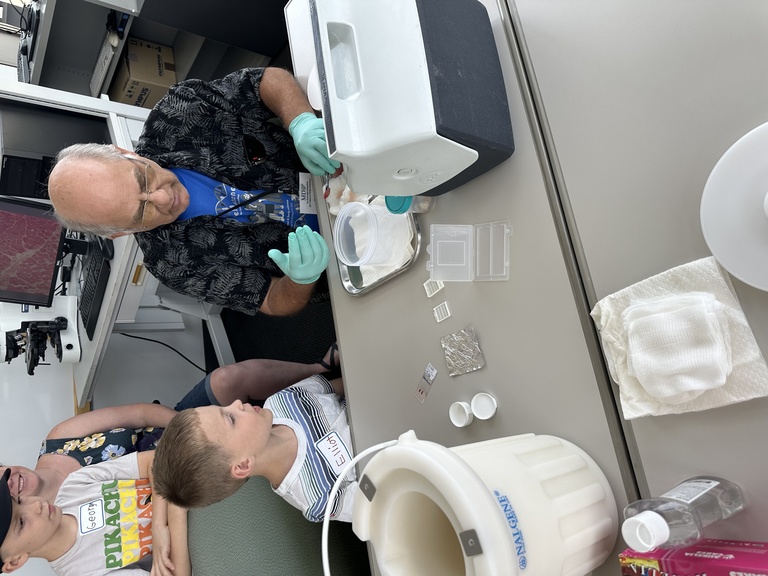About the Centers
About the Centers
The Centers of Excellent program in muscular dystrophy research was established by the National Institutes of Health (NIH) in 2003, in honor of the late Senator Paul D. Wellstone of Minnesota. Established as part of the NIH enhancement and intensification of muscular dystrophy research associated with the MD-CARE Act, the centers are supported by five-year, renewable grants. Each of the six funded centers nationwide is comprised of research projects and core facilities with an emphasis on translational and clinical research for various muscular dystrophies. Each Center also has an administrative core and at least one scientific resource core that serves as a resource for the national muscular dystrophy research effort. These Centers serve as focal points for research collaborations, communication, resource sharing and training of new muscular dystrophy researchers.
Collectively, the Wellstone MDSRCs are engaged in research on various forms of muscular dystrophy. Designed to accelerate progress toward effective treatments for muscular dystrophies through increased synergistic collaboration and coordination of research activities, they promote side-by-side basic, translational, and clinical research.
Major Theme, Goals, and Objectives of the Iowa MDSRC: Therapeutic Strategies for the Treatment of Various Muscular Dystrophies
Muscular dystrophies are a diverse group of inherited disorders characterized by progressive muscle weakness and wasting. The major theme of the University of Iowa MDSRC is to translate research discoveries on the structure and function of dystroglycan into clinical applications for the diagnosis and treatment of patients with dystroglycan-related muscular dystrophy. The overall goal is to explore therapeutic strategies for the treatment of various muscular dystrophies arising from the abnormal processing of dystroglycan (dystroglycanopathies). The MDSRC works to achieve this overall goal by conducting basic and translational research in dystroglycanopathy patients and patient-derived biosamples.
The dystroglycanopathies are a phenotypically and genetically heterogeneous group of congenital/limb-girdle muscular dystrophies (CMD/LGMD) caused by hypoglycosylation of α-dystroglycan (α-DG). Fully glycosylated α-DG links the transmembrane b-DG protein to the extracellular matrix, a linkage critical for stability of the sarcolemma, as well as for development of the brain and eye. Currently, at least eighteen genes are known to be required for proper α-DG glycosylation. Hypoglycosylation of α-DG results in a range of clinical phenotypes, from Walker-Warburg syndrome, in which muscular dystrophy is accompanied by severe eye and brain malformations (most severe), through adult-onset LGMD (least severe); genotype does not reliably predict phenotype.
The Iowa MDSRC is composed of two research projects and three cores. Center funding comes from the National Institute of Neurological Disorders and Stroke (NINDS) of the National Institutes of Health, and was renewed through June 2025 under Award Number P50NS053672. Key leadership for the Iowa MDSRC is: Kevin P. Campbell, PhD, Director of the Center and Lead Investigator for the basic and translational science Project 1; Steven A. Moore, MD, PhD, Co-Director of the Center and Lead for the national shared resource Muscle Biopsy and Cell Culture Repository; and Katherine D. Mathews, MD, Lead Investigator for the clinical research Project 2. Drs. Campbell, Mathews, and Moore share responsibility for administration and for research training and education. The Center investigators have a proven track record of excellence and collaboration in basic, translational, and clinical research on muscular dystrophy.



